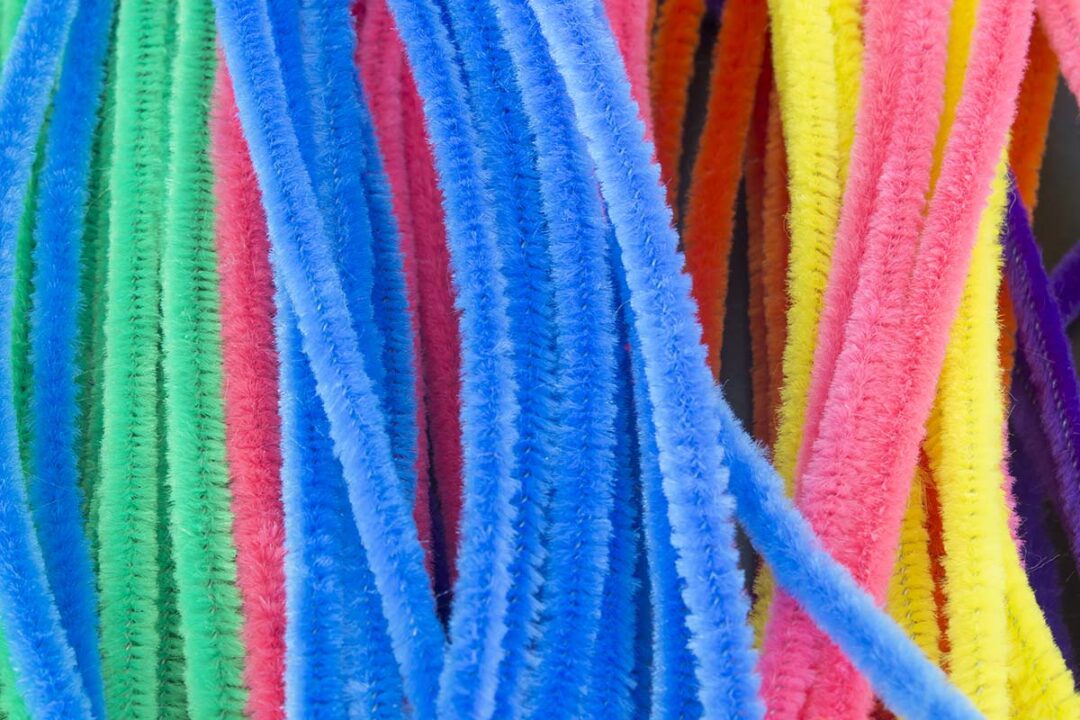Recently I decided to switch my bike over to tubeless tire. I can’t stay that I had a specific reason for this change. I’ve heard all the pros and cons of tubeless tires, they allow you to ride at a lower tire pressure, they prevent pinch flats, and if you get a puncture, the sealant that’s contained inside the tire will seal up the hole with a few pssssst noises as the tire rolls and the sealant clogs the offending leak. These are all valid reason for a switch, but if I’m being honest, I mostly switched to have something to do. You see riding bikes can get boring sometimes and in order to spice things up (yes, I see the inherent sadness in typing that I need to “spice up” my bike relationship) while out on my bike, I will just buy stuff and slap it on my bike. I feel this accounts for about 62% of my bike purchases, everyone who rides does this, right? I can’t be the only one…
So in July I ordered a set of Continental Grand Prix 5000 S tires (I heard that these were the tires that Sonny Cobrelli won Roubaix with. Which may or may not be right, but who cares? That’s what I’ll tell anyone who asks because I like to sound like a smarty pants), and I’m STILL waiting on them because, I don’t know, supply chain issues, tire trolls? So instead I bought some regular old clinchers and wore those out and then I bought a set of Continental Grand Prix 5000 TL tires (These tires don’t have the “S designation, and are therefore inferior to the tire I ordered, the “S” costs extra.) The process took about 6 months, but I didn’t finally get a set of tubeless tires, so hurray for me?
A trip down tubeless tire memory lane
I am old enough to have lived through the beginning of the tubeless tire era, and I was an early adopter. I adapted my non-tubeless compatible Zipp 404s to a tubeless set up, and it was a near complete pain in the ass. Back then there were no fast wheels that were tubeless compatible, so switching over regular “faster” rims was a tempting proposition. I bought special rim tape, loaded up the tires with sealant and went through the trauma of trying to get tubeless tires to mount. You see, tubeless tires need to be seated onto the rim, and this process usually involves a burst of air that pops the tire onto the rim. Sadly, I didn’t have anything that would provide the burst of air necessary to seat the tires onto the incompatible rims. After thousands of curse-word accompanied pumps with my floor pump, I was finally able to get my rigged rig rolling. I rolled about on cushy lower tire pressures, had the thrill of a few punctures filling with sealant and then tore those annoying tires off my bike and threw them in the trash.
So I’m back again
“This time will be different.”, me, speaking to myself as if that doesn’t make me seem crazy. My bike has tubeless ready rims, I have tubeless tires and the special valves—all is good. I made my first mistake when I tried to use the rim tape that came with my wheels to get air into my tires.
Cue cursing, a purchase of suitable rim tape (Muc-Off tubeless rim tape), and back to square one. I taped my rims and screwed on my too-short valve stems and took a detour into the world of tubeless foam inserts. Foam inserts are just what they sound like, foam hoops that slip into your tires and theoretically expand when you have a puncture, giving you a “run-flat” experience. I will cut to the chase here and say that despite watching many, many youtube videos of cheery guys in beards doing trouble-free foam insert installations, the inserts are a horror to install and the process will cause you to swear so much you can levitate on the profanity that issues forth.
After abandoning the inserts, I ordered longer valve stems (valve extenders are their own special hell), and went back to square one. I will take a step back here and explain the basic concept of tubeless tire sealant. You see, clincher tires have a tire that attaches to the rim wth an inner tube inside. This is the set up that almost everyone has used (except for riders that use tubulars, tires that you glue to your rims, which are used by many professionals and insufferable amateurs). Tubeless tires do away with the inner tube and replace it with liquid sealant that has the consistency of, uhhhh, let’s say milk, and sloshes around inside your tire, waiting to plug up any leaks or punctures. Is this lighter than an inner tube? Maybe? Is this set up faster? Again, no idea. I’m in this for the novelty, remember?
And that’s sealant. So where were we? Ah yes, tire mounting. After cleaning up the foam insert and associated sealant mess, I was ready to start anew. I popped on the tire and valve stems and it was time to get my tire seated. I would need a burst of air, but again, I only have a floor pump. One thousand floor pumps later and my tire wasn’t seated. I retreated to youtube once again, and found out that you can use soapy water and a sponge on your sidewalls to create a seal that will help seat your tires. The soapy water worked and I was able to fill my tire with air. I celebrated. I hugged myself. I felt the glory of triumph.
Then I needed to get the sealant into my tires. I bought a liter of sealant (Muc-Off again) and a hypodermic needle type thing to shove it into my tires. The process for shooting up your tires is that you take the valve core out, fill up the syringe with sealant and Sid Vicious that goo straight into your tire. You then pump up your tires and ride away on a cloud of 80 psi rubber.
Obviously this didn’t happen. Deep dish rims have a little hole near the valve stem hole for air pressure regulation stuff I guess. I’m guessing air pressure because after pumping up my tires I could feel the little breeze of the air leaving my tires through that tiny hole. This began my descent into the world of sealant sloshing mambo. To do the mambo you hold your tires and rotate them around until any air leaks get plugged. Sometime it works, sometimes it doesn’t. I also found that air was leaking from my valve stems, so I popped a tire bead aside and laid sealant on the valve like I was hot gluing the last pipe cleaner on a garage school giraffe statue.
This worked for the most part. I’ve been riding on my tires for a few weeks now, but I still have to re-glue my giraffe and do the sealant mambo. My tires lose a lot of pressure overnight and seem to lose a little pressure on rides. This is not ideal of course, but I’m working on perfecting my system. And if things don’t work out with these tubeless tires? The tires go right in the trash with my pipe cleaner giraffe, unless I can get a set of those special “S” tires—because they won Roubaix, of course.



I found tubeless easy on mt bike and gravel tires and difficult on road. I think it’s the high pressure. I’m also a poor mechanic as you well know.